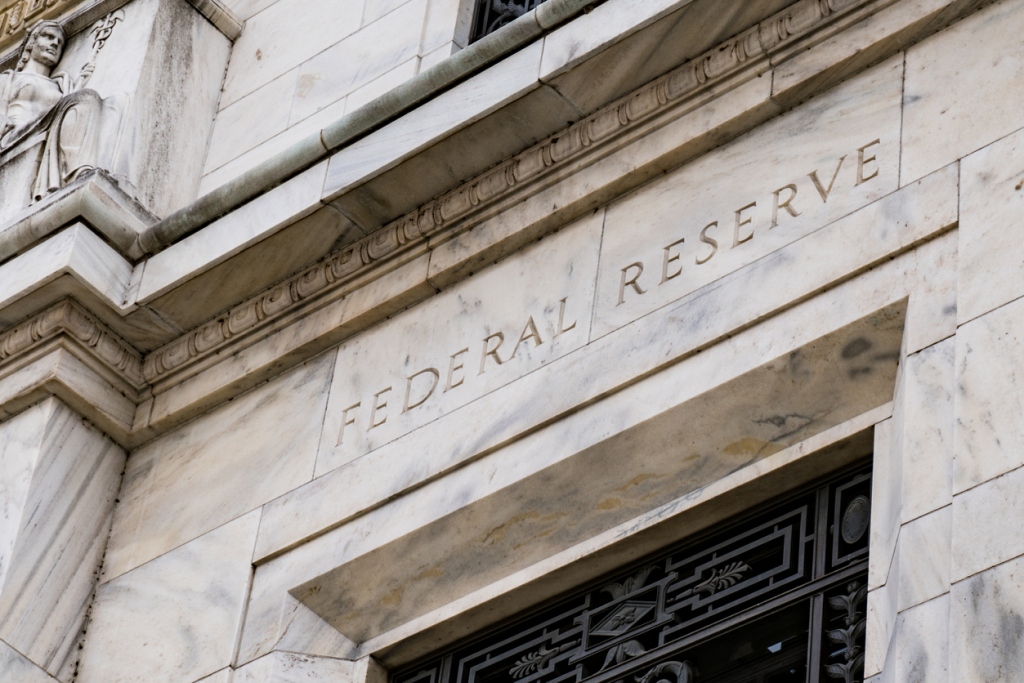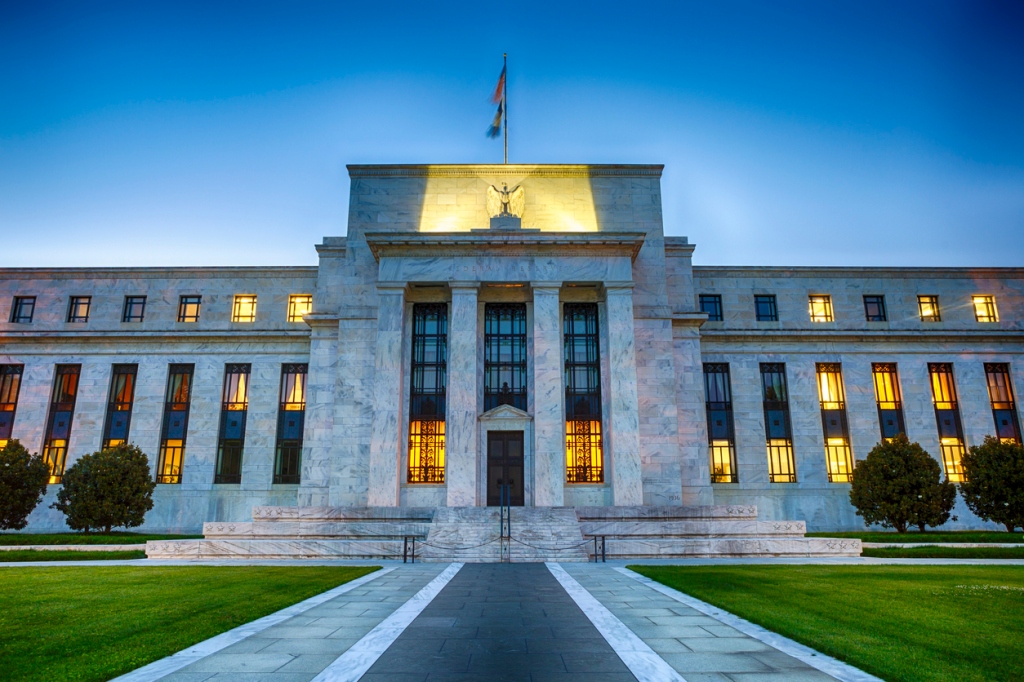View Sale Announcement Detail


Archived news

According to the Federal Reserve's May-issued report, the rising prices of assets in the stock market and elsewhere are posing significant threats to the fiscal system. This report analyzes conditions that affect how stable the financial system is by reviewing vulnerabilities that affect valuation pressures, borrowing by households and businesses, funding risk, and financial leverage. It also highlights near-term hazards that could interact with these vulnerabilities if they're realized.
Since November 2020's Financial Stability Report was released, the prices of risky assets have generally skyrocketed. These bubbly areas of the money market include IPOs (Initial Public Offerings), Special Purpose Acquisition Companies (SPACs), and meme stocks. This rush investment can be attributed to the fiscal stimulus, positive news about the Covid-19 vaccines, risk-free rates of US Treasuries at historic lows, and economic data revealing a resilient economy.
The vulnerabilities from household and business debts have also declined. This reflects reduced borrowing, a general improvement in earnings, and a positive impact of how government programs have supported household and business incomes. However, many households and businesses are still under substantial strain. Work layoffs have been heavily seen among the most financially vulnerable people. These groups include ethnic and racial minorities and lower-wage employees.
Banks have stayed well-capitalized. They aren't out of the woods yet, as they may still face increased credit risk in sectors affected most by the pandemic.

Long-term Treasury yields have increased over the past couple of months, but they still remain low by historical standards. However, the prices of risky assets have increased since the 2020 November report, with fundamentals improving, and in some market cases, prices are reportedly higher than the expected cash flows.
The investor appetite for equity risk is at historic highs. The rising share of IPOs, for instance, has grown to levels that haven't been seen since the 90s. The increasing popularity of SPACs exemplifies this fact.
Indicators that show elevated risk appetites at the beginning of 2021 include the increased trading volumes and the price volatility of meme stock — these are stocks that have seen a significant boost in the number of shares being traded thanks to going viral on social media apps like Twitter and Reddit.
While some of the high-flying equities such as the Renaissance IPO (IPO) and the Defiance Next Gen SPAC Derived ETF (SPAK) have reported losing streaks over the past few months, it doesn't mean financial markets are moving past speculative excesses. The attention is just shifting to even riskier bets. Think of cryptocurrencies like Ethereum Classic and Dogecoin.
Increased asset prices tend to highlight the continued lower level of Treasury yields. Some of these assets have grown beyond the historical norms, even taking into account measures that cater to low Treasury yields. The current environment reveals that asset prices might have a soft underbelly and sensitive to considerable declines should the appetite for risk fall.
It was noted that the debt owed by businesses flattened out in the latter half of 2020. This debt remained at a high level vis-á-vis the gross domestic product (GDP). This plateauing could be a sign of future growth as it demonstrated businesses' ability to settle their accounts due to ongoing government support, low-interest rates, and improved earnings.
Debt secured by residential real estate homes remained moderate with relation to income levels. Delinquencies when it comes to mortgages and other kinds of consumer debt reduced during earlier periods of the pandemic and have remained under their pre-pandemic levels. This means assets like portfolios of loans, which performed admirably during the pandemic, should do so as the economy progressively improves.
This can be attributed to homeownership receiving substantial government support, including fiscal and forbearance programs and a low interest rate environment. 2020's second half had the aggregate household checkable deposits and cash nearly doubling from around $1.6 trillion to about $3 trillion.
All in all, some households and businesses still remain under a considerable amount of strain.
Banks have weathered the pandemic well and remain well-capitalized; the leverage at broker-dealers is also reasonable. The measures of hedge fund leverage are a little above the historical averages.
Even so, the data that's available may not fully capture crucial risks from hedge funds and other kinds of leveraged funds. The issuance of asset-backed securities (ABS) and collateralized loan obligations (CLOs) has been steadfast amid the increased investor risk appetite.
Domestic banks' funding risks have stayed low as these financial institutions don't rely heavily on short-term wholesale funding. Furthermore, banks constantly maintain significant holdings when it comes to high-quality liquid assets. The market turmoil experienced when the pandemic began revealed the structural vulnerabilities that endure at some money market funds (MMFs), bank loan mutual funds, and bond funds.
The importance of asset valuation cannot be overstated. It is a thought process and analysis that can either make or break your business. Just ask Archegos Capital Management and some of the banks that invested with them.
They say when the deal is too good, think twice; some of the new assets that have been dominating the airwaves, such as certain cryptos and meme stocks, are very volatile. You could get the high returns being promised, but you could just as easily lose a big chunk of your business if/when the tide turns.
Banks, credit unions, hedge funds, and specialty finance companies deal with millions if not billions of dollars. Investing such large funds on temperamental assets is by no means a sustainable business model. There are plenty of other investment options with good returns and are secure enough to keep your business active for years to come.
With the economy's increasing stability, investing in loan portfolios is a great idea as individuals' ATR (ability to repay debt) is constantly on the rise. Firms that want to sell their loan portfolios are also in prime positions right now because of the same reasons; loan portfolios are increasingly becoming attractive assets. Garnet Capital's network of professional sellers and buyers will help interested financial institutions make loan portfolio transactions that make financial sense.
Contact us today or call us at 914.909.1000

